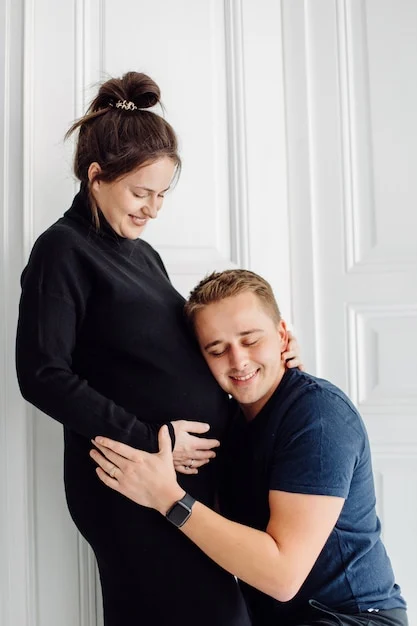
It was the rage that really threw me off. I anticipated feeling down, sad, and cranky—check, check, and check! But rage? That was a surprise I didn’t see coming with postpartum depression (PPD). And that very rage is what pushed me to seek help.
About five weeks after my second daughter, Lily, made her grand entrance, my partner noticed I wasn’t quite myself. To cheer me up, he gifted me a half-day at a local spa. I was over the moon! A mani-pedi, a facial, a massage, and a few precious hours without a baby or a toddler—pure bliss!
But upon returning home, I heard Lily crying from the basement. My body tensed up, and that relaxed feeling vanished instantly. My partner informed me that Lily hadn’t eaten the whole time I was out. She took a sip from a bottle but then decided bottles were a thing of the past. Spoiler alert: she never accepted a bottle again.
From that moment, I could feel the anger bubbling up. I felt trapped by my colicky, sleepless baby who refused to drink from a bottle. I was also at my wit’s end with my toddler, Mia, who was throwing tantrums left and right. I found myself questioning the wisdom of leaving my full-time writing gig for the occasional freelance project.
Every single day was a mix of being overwhelmed, sad, anxious, and, yes, angry.
One night, things came to a head. Mia was throwing yet another tantrum, and I completely lost it. I couldn’t rein in the angry words spilling out of my mouth. I wanted to shake her and make her stop (thankfully, I didn’t). I wished I could teleport away from that chaos. The rage coursing through me was like nothing I had ever experienced before. Luckily, my partner was there to step in before things escalated. Just thinking about my behavior makes me feel nauseous; it was the most terrifying moment of my life.
The next day, I reached out to both my primary care physician and my OB. They teamed up to get me started on Zoloft and into therapy right away, and I felt a shift within days. The sadness, the disinterest in life, the anxiety—it all began to improve with the medication.
However, the rage was a different beast entirely. While Zoloft made a difference, it was therapy that truly helped me make strides in managing it.
Fast forward four years, and I’m still navigating my depression. The PPD improved but morphed into a different kind after my dad’s unexpected passing. Who knows what you’d call it now, but it’s something I continue to deal with.
And yes, the rage is still lurking around. It’s the hardest aspect to control, and surprisingly, the least talked about symptom of depression. That’s why I’m sharing my story. If you’re a mom facing PPD, depression, and the accompanying rage, know that you’re not alone. You’re not a bad mom. It can and will improve if you seek help.
Being a mom means tackling tough challenges, and sometimes the hardest part is mustering the courage to ask for help. I remember how daunting that first phone call felt.
Now I realize that depression can affect anyone. Those scary feelings don’t define my worth as a mother. With medication, therapy, and healthier lifestyle choices, I’m gradually feeling more like my old self again.
Yes, I’m still battling depression, sadness, and rage. But now, I genuinely feel like I’m making progress.
For those navigating similar paths, you are not alone. And if you want more insights into home insemination and postpartum experiences, check out this resource for valuable support.
In the end, remember that reaching out for help is a step toward healing.
